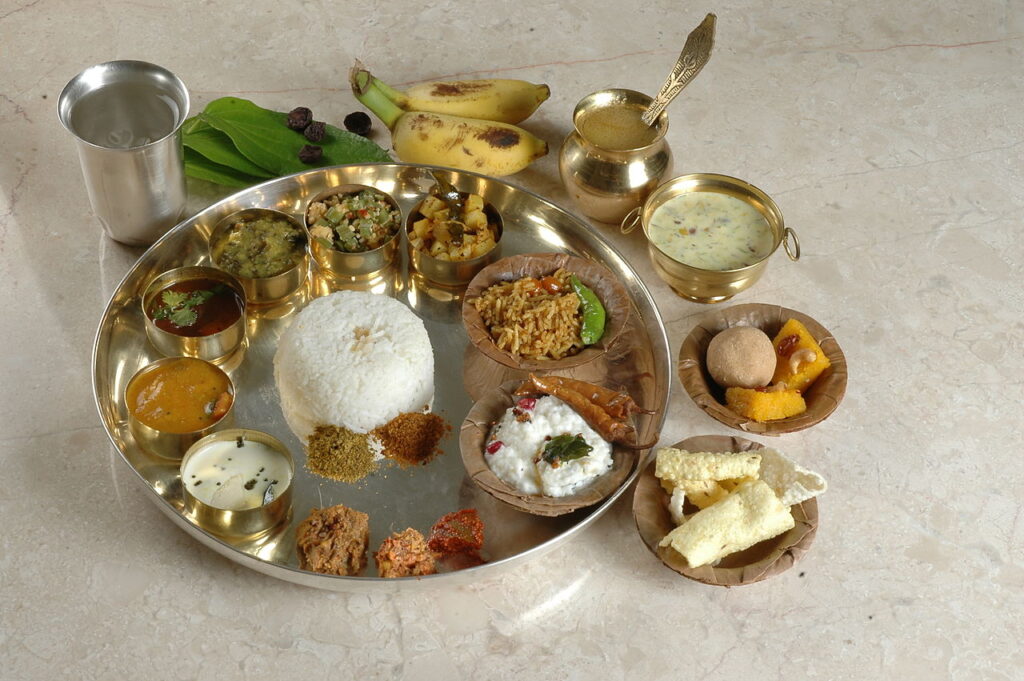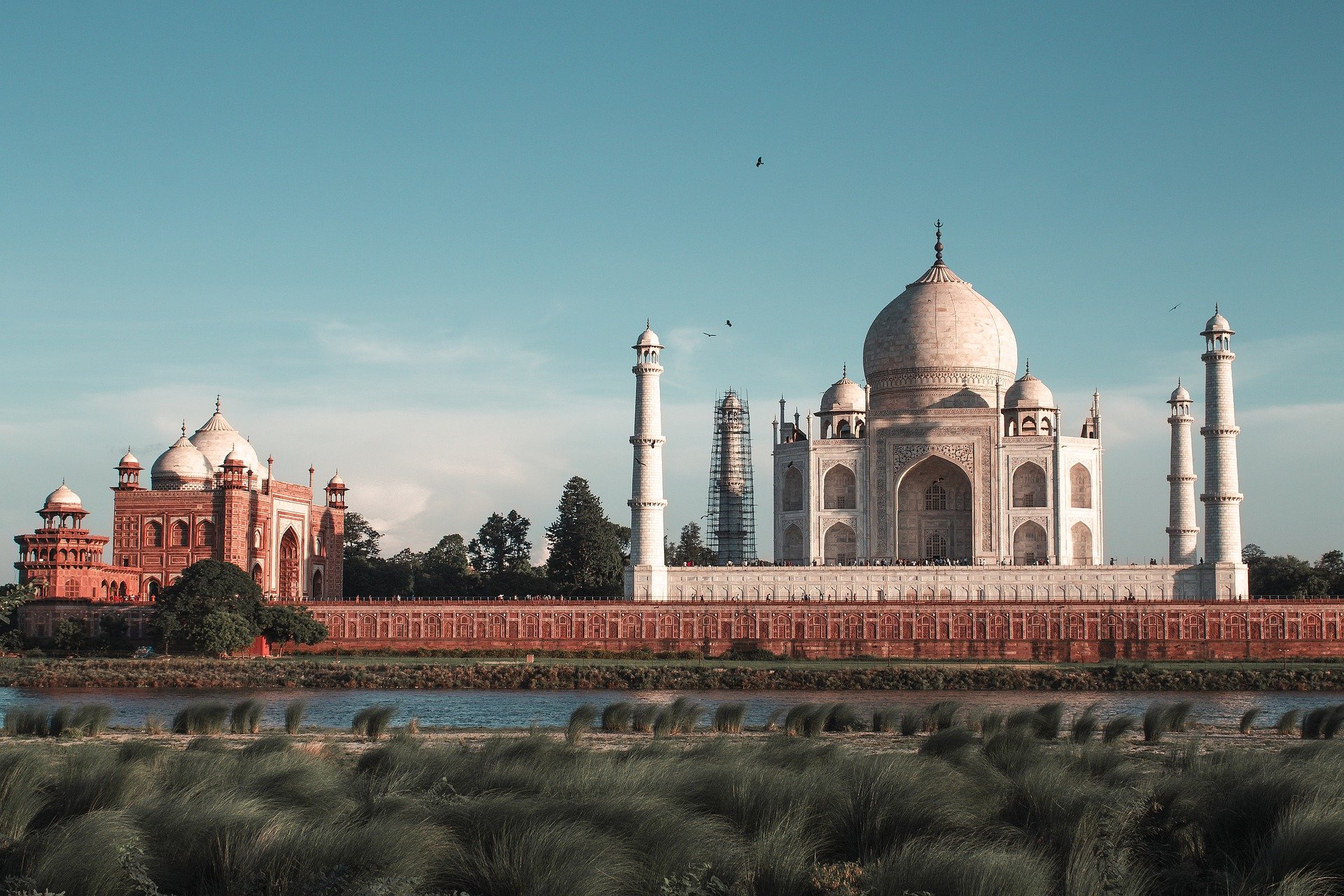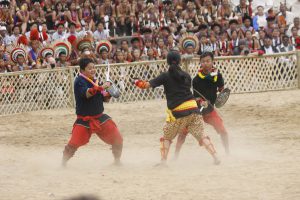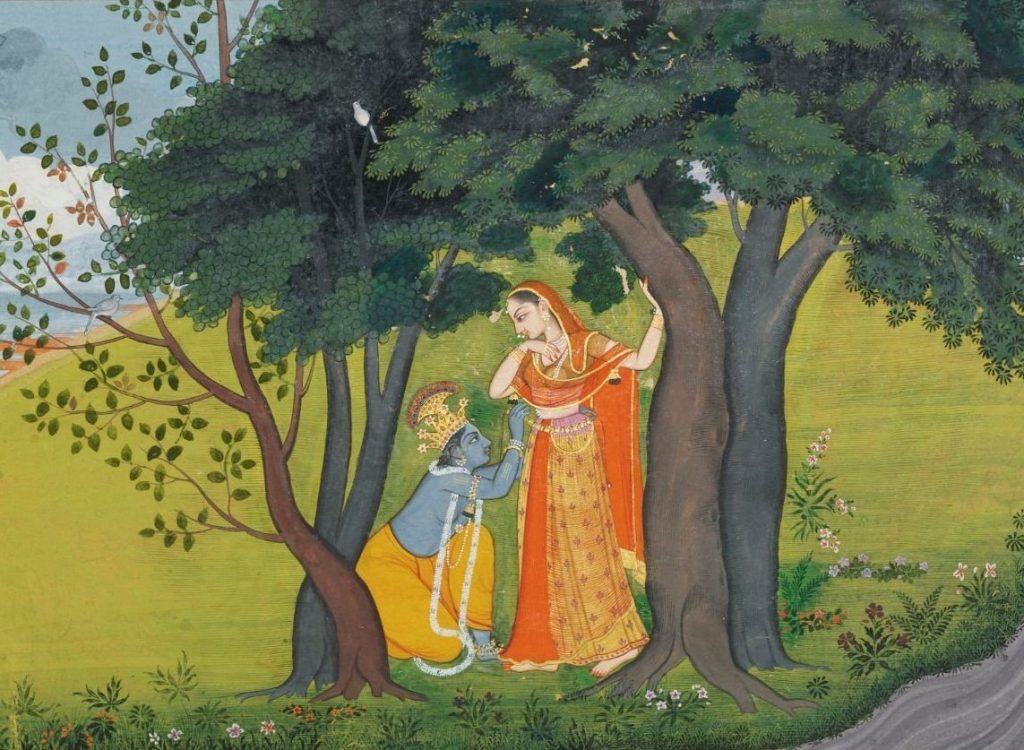Behind the Veil: A Journey Through India
“…the one land that all men desire to see, and having once seen, by even a glimpse, would not give that glimpse for the shows of all therest of the globe combined.
– MARK TWAIN MORE TRAMPS ABROAD (1897)
India is a mystery hidden behind cliché. An ephemeral reality that dissolves just when you think that you have it defined. She is everything you have heard and read about and more, much more, than words can transcribe. A country to be experienced: seen with the heart and understood with the soul.
LAND AND LANDSCAPE
THE GRACEFUL FORM of the land stands poised just north of the Equator, the waters of the ocean lapping around her feet. Firmly anchored in the east, she looks westwards, the streaming mass of her crowning glory reaching back towards the rising sun. The impassable heights of these, the highest mountain ranges in the world, define in their majestic sweep a distinct subcontinent.
The three parallel ranges of the Himalayas include as many as 30 of the world’s highest peaks and some of the most spectacular high altitude landscapes in the world. In the valley of Kashmir, wildflowers bloom in glorious bursts of color even as clouds play hide and seek amongst the trees. Moving eastwards, through the valleys, hill stations with magical names conjure up idyllic images of gracious bungalows, friends and rambles, tea estates, and days filled with leisure.
Amidst the snowcapped peaks tumble icy streams that mature, into the legendary rivers of the Indus, Ganges, and Brahmaputra. Stepping out of the lush valleys they nurture the fertility of the vast Indo-Gangetic Plain that skirts the foothills. Here can be found the hustle and bustle of India’s” crowded urban centers that range from the cosmopolitan capital of Delhi to Lucknow and Varanasi and sleepy little towns that hide a wealth of amazing heritage.
To the west, the sands of the Thar shift restlessly in search of moisture. This is the semi-arid home of proud warriors, chivalry, and romance. While haughty camels gaze disdainfully at you through heavy, curled eyelashes, wizened retainers will tell you of fearless, just about adolescent princes who inspired armies of grown men with their valor. As you listen, the dry expanse of the countryside seems to come alive around the defended-unto-death forts that dot the land.
In the central belt, the heart of the country at the base of the Deccan plateau, pristine forests are home to some of the many tribal people of the country. This area boasts almost one-third the forest cover of India, a large amount of which is a reserve and protected forest under the national parks. In these dense jungles, large herds of majestic wild elephants tread noiselessly through the undergrowth, while wild dogs and jackals wait for the tiger to eat his fill.
Sloping east from the Western Ghats, the Deccan Plateau comprises hard crystalline rock and black volcanic soil. Abundant rainfall makes for the verdant countryside, complemented along stretches of the coast by sandy beaches shaded by coconut palms. On the southwest coast is the commercial and financial center of Mumbai, the capital of Maharastra and the most populated city in the country. A little to the south, Goa still retains a distinctly Portuguese charm, while the rich historic and cultural heritage of Karnataka offsets the fast-growing reputation of the capital, Bangalore, as the heart of India’s IT revolution. Though often clubbed together with Andhra Pradesh, Kerala, and Tamil Nadu as South India, this generalisation does not do justice to the very different experiences offered by any of these very distinct states.
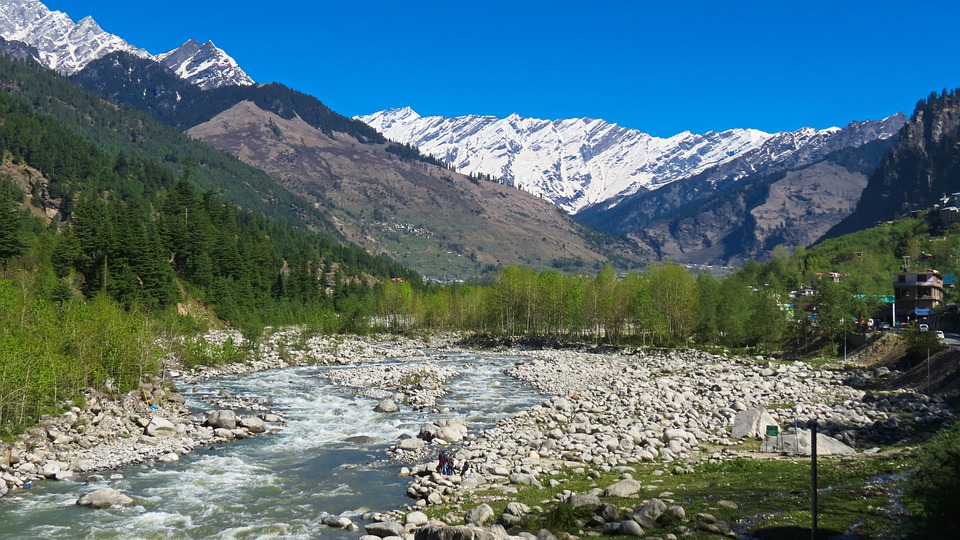
CIVILISATION AND HISTORY
Even today, much of life in India is rooted in the past, a continuous flowing stream that goes back 5,000 years to the Indus Valley and the ancient cities of Mohenjodaro and Harappa (in what is now Pakistan). But these were not the first cultures of the subcontinent. Before they flourished the Dravidians. When the Aryans arrived around 1500 BC from Central Asia, they settled along the fertile banks of the Ganges, taking control over most of the north and forcing the
Dravidians south into the peninsula. As pastoral life evolved, riverine and inland trade was established, a social hierarchy emerged, language, a philosophy developed. The Vedas, Upanishads Ramayana, and Mahabharata all belong to this period of India’s history.
Increasing population and surplus production provided the bases for the emergence of independent states, which led naturally to the extending of influence and building of empires. The fourth-century
BC saw the consolidation of the first of the great empires in India” the Maurya. At its peak under the emperor Ashoka who ruled from 269 to 232 BC, the kingdom extended from Bengal in the East to Afghanistan in the North-West. It would have been larger but, having conquered Mysore and set to take Orissa, Ashoka awoke to an awareness of the bloodshed and carnage his territorial acquisitions were responsible for. Appalled, he renounced warfare and dedicated himself to the propagation of Buddhism.
A succession of empires followed the fall of the Mauryan. One of the more notable was the Kushana, which was the crucible of trade among the Indian, Persian, Chinese, and Roman empires and controlled a critical part of the legendary Silk Road. Art and culture prospered and with the synthesis of Greek and Indian styles, a new form known as Gandharan art emerged. It was the Kushans who initiated the Shaka era in AD 78, and their calendar, which was formally recognized by India for civil purposes starting on March 22, 1957, is still in use.
The Gupta Empire (319 BC – 647 BC) was the last of the great empires of ancient India. Though their control did not extend further than the northern boundaries of the Deccan, the Guptas reigned over the entire Indo-Gangetic Plain. Often referred to as the golden age” the period was characterized by a flowering of literature, art, painting, and sculpture particularly at the Buddhist centers of Ajanta, Ellora, Sarnath, and Sanchi. The disintegration of the Gupta Empire saw the rise to regional principalities particularly in the South where the Chalukyas (556 – 757) of Vatapi, the Pallavas (300 – 888) of Kanchipuram, and the Pandyas (seventh through the tenth centuries) of Madurai vied for political domination. While the North continued
to be fought over by the Muslim Turks and Afghan princes in a wave of invasions from Central Asia, South India saw the rise of competing for southern dynasties: the Muslim Bahmani Sultanate (1347 – 1527) and the Hindu Vijayanagar Empire (1336-1565).
Then, in 1526, the Mughals made their appearance and though the first Emperor, Babur did not find the land quite to his liking, subsequent emperors adopted it as their own, consolidating their holdings until the Mughal Empire extended from Punjab in the northwest to Bengal in the east; from the foothills of the Himalaya to Konkan in the south. It saw the establishment of a political and administrative system based on an effective bureaucracy. Trade and production flourished and with it culture. Their contribution in every field and all the arts, painting, poetry, music is visible in almost every aspect of culture today.
The Europeans took their bow at the court of Mughals, though the Portuguese had controlled Goa since as early as 1510. The British arrived a little late, with the East India Company establishing its first trading in Surat, Gujarat, in 1612. The assertion of supremacy took a little time for, in addition to local and Portuguese resistance, they faced opposition from the French, Danes, and Dutch all of whom had trading posts. But slowly and steadily, the Company increased its influence, taking advantage of the weakening Mughal hold and staying clear of any controversial interference in religion, customs or culture. Though it professed to trade as being its only objective, by 1849, when it gained control of Punjab, The British East India Company effectively had an Indian Empire.
In 1857, following an uprising against the Company in northern India, its holdings were acquired by the British Crown. But the uprising had sparked the spirit of independence. The Indian National Congress was founded in 1885, to unite the people of India in opposition to foreign rule. Its demand was self-governance. Under the charismatic leadership of Mohandas Karamchand Gandhi, purna swaraj (complete independence was realized: On August 15,
1947, India became a free nation. But the occasion was not without pathos. The subcontinent saw the creation of two new nations, India and Pakistan, created on the basis of religion. In the upheaval that followed, even the most conservative estimate that over 25,000 lost their lives.

PEOPLE AND SOCIETY
The number of invasions that took place over the years brought to India a range of people. There were also refugees and migrants as well as traders who settled down to adopt the country as their own. It is, therefore, very difficult to characterize Indians as a racial type. Dravidian, Aryan, European, Arab, Semite, Negroid, Mongol features all can be representative of India. In their style of dress, cuisine, customs, and traditions the inhabitants of this vast geographic entity emphasize their differences. There are as many as 15 different languages recognized by the Indian constitution and these have over 1600 dialects. This is one of the primary paradoxes of the country: a seemingly closed society that, nonetheless, nurtured diverse peoples and cultures in peaceful coexistence. Perhaps, one reason for this could be found in the nature of society itself.
Handed down from the earliest time, has been the organization of society into four basic divisions or castes. The Brahmins were priests and men of learning; the Ksatriyas rulers and warriors; Vaishyas
engaged in trade and commerce and the farmers, peasants, and mass of workers were Sudras. Within this broad spectrum there existed, in practice, hundreds of subcastes that interacted and conducted business with each other, but remained exclusive.
When Mahatama Gandhi persuaded his followers to sweep their own floors and clean their latrines he sounded the death knell of the old Hindu order. Even today, though modern India vehemently opposes it, caste continues to play a major role in daily life, particularly in rural areas where loyalties run high. In the urbane, sophisticated cities, marriage remains the major bastion and though a greater number of young people are choosing their own life partners, most families prefer to make alliances within their own caste.
The family, and in most parts of India this means the patriarchal joint family, supersedes the individual. Almost all languages in the country have a specific name for every relationship, be it paternal, maternal, or through marriage, that defines its nature. Thus, there is a specific word that identifies one’s mother’s brother as opposed to one’s father’s brother and the title encapsulates various rights and obligations. Family loyalty is very important and even when circumstances dictate the setting up of a nuclear family unit, it is rarely isolated. Festivals and celebrations are occasions for the extended family to get together and renew ties and in times of need, it is the family that provides the security.
RELIGION AND BELIEFS
A major and highly visible aspect of life is religion. Even today, it governs every thought, controls every action, and defines the identity of almost all Indians. The majority, about 80 percent, are Hindu, about 10 percent are Muslim, 5 percent Christian and Sikh, Parsees, Buddhist, Jains, and other small communities complete the numbers.
Hinduism, the oldest living religion in the world today, has flourished down the ages with no one founder and no single sacred text. As a philosophy and a way of life, it is absorbed and assimilated with a fluid tolerance, creating a pantheon of deities to choose from. All of these come together in the trinity of Brahma the Creator, Vishnu the Preserver, and Shiva the Destroyer, the three physical manifestations of the Supreme Being.
There are manifold paths towards attaining moksha or absolute freedom from worldly existence. Renunciation, meditation, rituals, and ceremonies are all means to the same end. The gods are approachable, even full of fun and mischief. They can be found on almost any street, clad in vermilion at the base of a banyan or peepal tree, or in little corners of homes, from where they keep an eye on things.
Buddhism and Jainism are both beliefs that emerged as a reaction to the increasingly rigid stratification of society being justified by the priests in the 6th century. Both extolled nonviolence and equality based on respect for all life forms.
Jainism traces its roots to a succession of 24 Tirthankaras in ancient East India. Mahavir, born in 599BC as a prince in Bihar, was the twenty-fourth and the last Tirthankara of the Jain religion and the founder of the Jain community. According to Jain philosophy, all Tirthankaras are born as human beings but they attain a state of perfection or enlightenment through meditation and self-realization. As representations of the quality and virtues of Tirthankaras, their idols are all identical. Individuals can be identified only by the symbol at the base of each idol. Lord Mahavir’s idol has a lion.
Buddhism also has its roots in India, emerging 500 years before the birth of Christ, in the enlightenment of Siddartha Gautama. Born in 480BC, Gautama was a prince of a small kingdom in what is today the Indo-Nepal border but renounced the world in search of nirvana or salvation. Key to an understanding of Buddhism and the Buddha’s teaching is the Four Noble Truths: suffering, is something all living beings experience in various forms; it is caused by craving or selfish desire; the state of nirvana transcends desire; nirvana can be attained by following the Noble Eightfold Path the Buddha teaches.
Islam came to the country around the eighth century with traders from the Arab world, but it was from the 13th to the 18 century, as the religion of the rulers, that it flourished. Its interaction with Indian culture gave rise to magnificent architecture, music, painting, costumes, and cuisine. Sufism in particular, in its exaltation of divine love, its surrender to God, and the belief that it is possible to come close to God and to experience this closeness by means of love and devotion, struck a chord in the hearts of Hindus as well. Indeed, the tombs of Sufi saints are, even today, revered as much by Hindus as they are by Muslims in India.
It also influenced the emergence of the fourth of the world religions to be born in the country. Sikhism is a monotheistic faith taught by Guru Nanak (1469 – 1539) who tried to combine the best of Hinduism and Islam. His teachings, and those of the Gurus who followed him, are compiled in the Guru Granth Sahib which is the Sikh scripture. Sikhism emphasizes social and sexual equality. It is against ritualism and stresses good actions.
The Syrian Christian Church founded in Kerala in AD 54 by St Thomas, one of the disciples of Jesus, is the second oldest Christian church in the world after that in ancient Palestine. The Christian community in India, however, remained a small one till the arrival of missionaries who came with the European trading companies in the 17th century. Kerala also has, in Cochin, an ancient Jewish settlement that goes back to the sixth century BC.
The Parsees follow the teachings of the prophet Zoroaster. Founded in Persia around 800BC Zoroasterism is one of the oldest religions known. The ancestors of the community in India fled an invasion of their native Persia by Muslims in the eighth century and found refuge in India. Today, the community is concentrated largely in and around Mumbai, where it is highly respected in industry and trade.
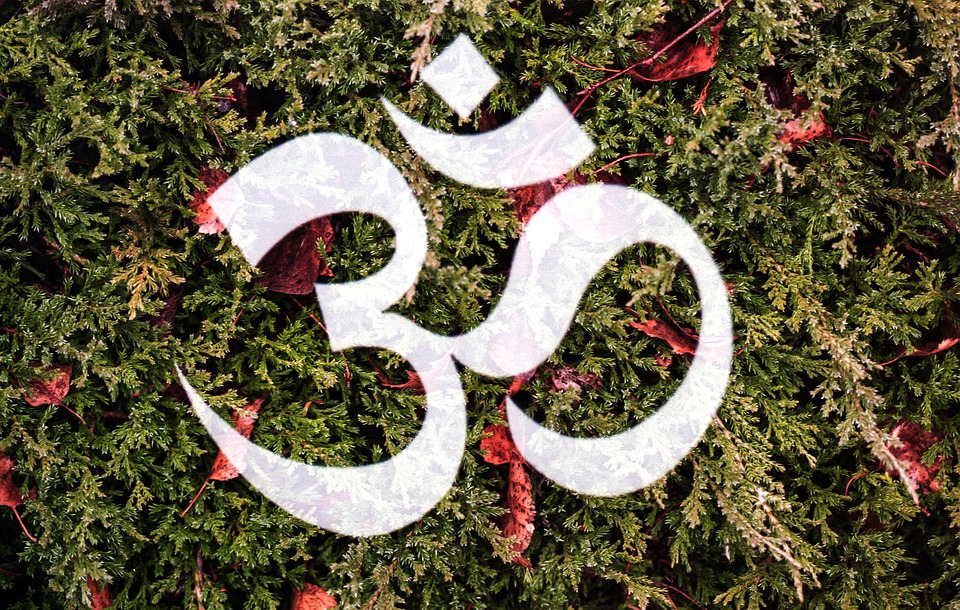
ART AND CULTURE
Travelers throughout the ages have written about the rich expressions of the country’s culture. Megasthenes the Greek reported in awestruck wonder the sights he had seen in the third century. Hiuen Tsang, scholar-monk from China, spent twelve years studying at the 5th century Buddhist University at Nalanda. It was his translations of Buddhist scriptures that introduced the religion to the Far East. Inspired by the 13th-century accounts of Venetian traveler Marco Polo, the Portuguese set out to trade with India.
It is from these and other such writings that it is possible to fill in the gaps that time and nature have created in the material heritage that still amazes visitors to India. Ruins of planned cities built of brick testify to the existence of a flourishing civilization more than 5,000 years ago. Elegant pottery thrown at a wheel graced their homes; metallurgy was known and practiced to produce both ornaments and images; children played with clay toys, and seals of authority stamped articles of importance.
The existence of urban centers and craftsmen implies the regular production of surplus in agriculture. It also presumes the existence of an efficient administration and stable economic system that could make available this surplus to non-cultivators who could then direct their energies in other directions. That such infrastructure existed is testified to by the rapidly expanding tapestry of art and architecture from the second century on.
Growing ornamentation in stone architecture and sculpture accompanied the spread of Buddhism. At Sanchi, Madhya Pradesh, where the relics of Buddha are said to be interred, stone stupas and rock-cut shrines seem to emerge out the hillsides. Beautifully sculpted panels and medallions depict the incarnations of Buddha and his teachings in parables. Costumes, jewelry, hairstyle, and ornamentation all are portrayed in delightful detail. The later, Mahayana Buddhist period, includes images of the Buddha, till now deemed improper to portray. Exquisite murals depicting scenes from his life illuminate the dark caves at Ajanta in Maharashtra and still take one’s breath away.
This association of fine arts and architecture with religion is characteristic and is best expressed in the Hindu temple. As the focus of religious, social, and economic life, it was the creation of architectural genius. Sculptors and artists as well as thousands of skilled craftsmen contributed their best to create symphonies in stone with every aspect of human existence captured in profuse and intricate detail. The temples at Halebid and Belur in Karnataka carry friezes based on the epics; those at Khajuraho portray an exuberant eroticism, and every one of them draws attention to the all-pervasiveness of the absolute being.
Music and dance are also forms of worship and an intrinsic part of temple culture, particularly in South India. Their portrayal of the gods and their joyous celebration of the many moods of life is in itself an offering and worship. With Islam entered the tall, wide archways, pointed onion domes, minarets, and the prolific use of jalis. Some of the most famous monuments of North India, including the Taj Mahal,
belong to this period. Floral motifs and calligraphy replaced the representation of the human form. Marble and red sandstone came to be the materials of choice, with buildings surrounded by enclosed formal gardens divided into quarters in the char bagh style. Under royal patronage, Indian literature, music, and dance blended with the poetic tradition of central Asia in new forms and themes.
The British differed from other rulers in their attitude to the country. The East India Company had come to trade not to make this country home. Initially small, modest functional buildings and churches were felt to be sufficient. But, as their power grew so did the scale of buildings. The coming of the Crown to India brought with it clubs and bungalows geared to making a hostile land habitable as well as administrative buildings designed to awe and overpower. Mumbai,
Chennai and Kolkata are all dotted with massive colonial structures” Gothic arches, seated lions, stained glass and filigreed ironwork” underline the power of the rulers. In Delhi, a whole new city was built.
Even more importantly, times were changing. The West was going through social change as well. As the subcontinent opened itself, the winds of change blew their way. The English language opened up a world of new philosophies, travel opened up the world. Indians went abroad to study. It was a fertile time for the proliferation of new ideas and the pursuit of a new identity.
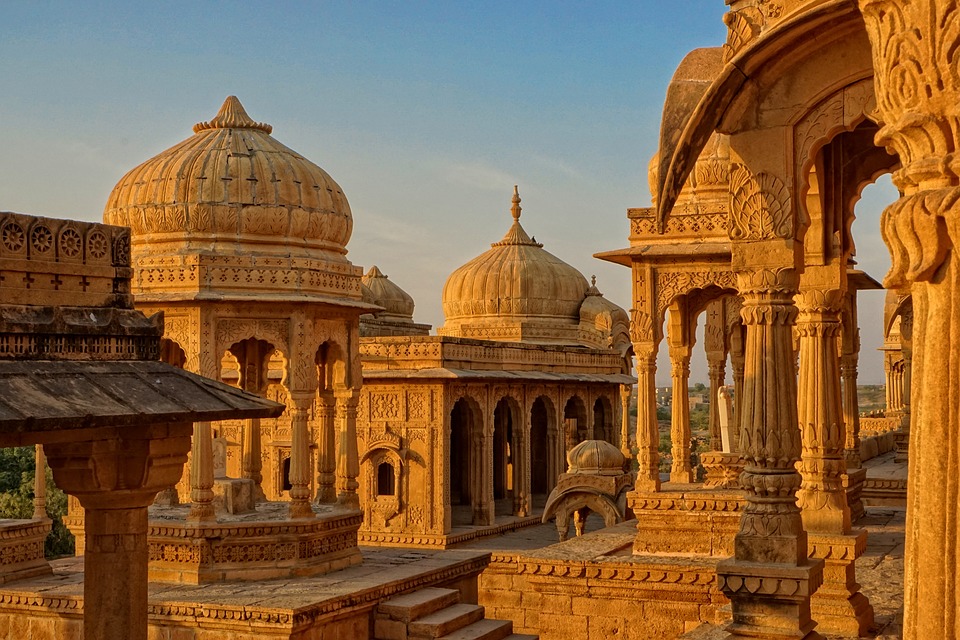
CHANGING PASSIONS AND FASHIONS
Following independence, the country threw itself into transforming itself from a predominantly rural, agricultural society into an industrial giant. Modernization was the goal. Science and technology became the new mantra. The change has not been easy. It has meant beating down ageold structures, finding new hierarchies, new equations. Globalization and the new open economic system have
created vast areas of opportunity, in software and Information Technology for instance, which the new dynamic young Indian is making the most of. Most visible is the growth in spending power. Pushing out the old anglicized elite is a whole new middle class that fills the roads, driving the latest models as they chat on their cell phones and plan evenings at discos.
And yet the age-old smiles on, walking alongside the new. At any moment it is possible to catch a glimpse of both the twenty-first as well as the sixteenth century. This is India. A land of vivid color, of contrasts: Oft visited never completely understood. It offers something new around every corner an insight, a question, a revelation.
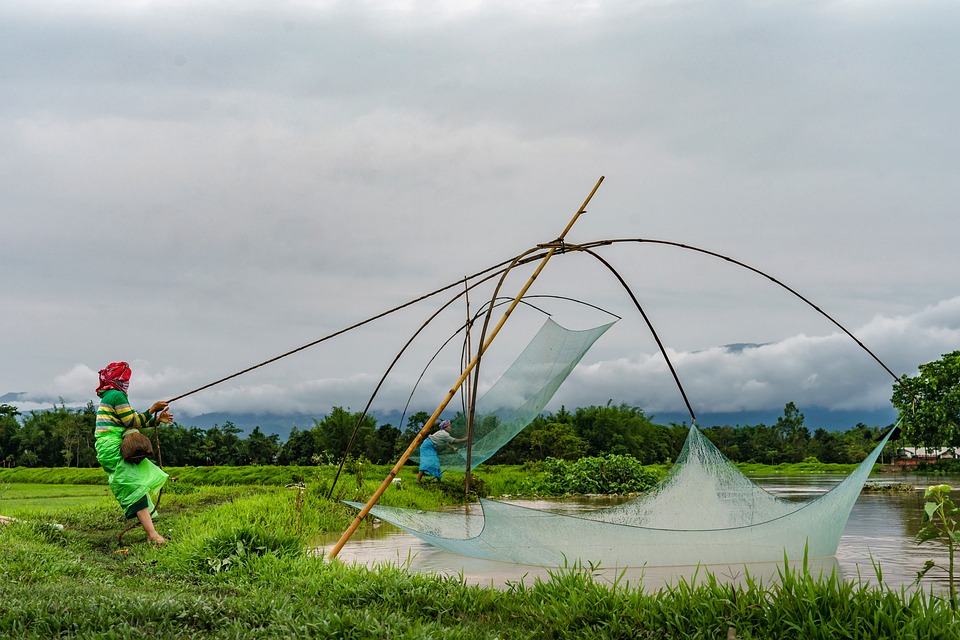
CUISINES
Indian cuisine is one of the world’s most diverse cuisines characterized by its sublime use of spices, and other ingredients gathered from across the country. The food of the different regions within the country is representative of the varied demography, religion, and ethnic diversity of the place. It is also symbolic of the different influences left by traders, missionaries, conquerors, and settlers who found their way to the land. From Persian, Arab, Central Asian, Chinese, to several European elements including ingredients, methods of preparation, and much more.
Cereals such as rice, wheat, millets, and others form the staples in the different regions accompanied by sides made with vegetables and meats. Milk and dairy products, especially clarified butter or ghee are used copiously in cooking both in households as well as for preparing offerings for the gods. Preparation styles, use of spices, and preservation techniques differ from region to region. However, pickling in some form is prevalent throughout the country. Whether sweet or spicy, these are an intrinsic part of Indian meals.
Lavish spreads are mandatory on special occasions some of which may take days and several chefs to prepare. Kashmiri Wazwaan, Kangra Dhaam, Awadhi, Mughlai, and Nizami royal feasts, and the vegetarian Sadya are some examples worth trying when in India. Another must in any Indian meal is the sweet dish in whichever form it may be presented. A meal is incomplete without the final sweet course that is often a decadent affair bedecked with leaves of silver and even gold. Milk and milk products form the base of most desserts in India sprinkled liberally with dry fruits such as pistachio, almonds, and so on.
What about the liquids, you ask? India has had a long history with alcoholic beverages and it produces its own local and highly potent brews following age-old methods including Goan Feni, Himachali Lugri, Rice beer from the northeast, and mahua in Central India. India is also known for its sherbets that came with the Mughals. This non-alcoholic sweet beverage serves as a cooling and refreshing drink during the sweltering summers. Up north, you must taste the gigantic glasses of blended yogurt known as lassi available both in sweet and savory variants.
Another beverage that is an inseparable part of the Indian ethos is tea. Brought from China by the British, tea has now become India’s own. Some of the finest blends come from the plantations of Darjeeling, Assam, and the Nilgiris, most of which are centuries old. But, the tea that most Indians prefer is the strong brew prepared with lots of milk and sugar and sometimes with the addition of a host of spices. Tea too has its variants across the country with Ladakh serving salty butter tea that is miles away from the sweet concoction preferred in other parts. In south India, hear the tale of how some smuggled beans of coffee gave rise to an entirely new beverage as you sip on your cuppa of robust coffee.
